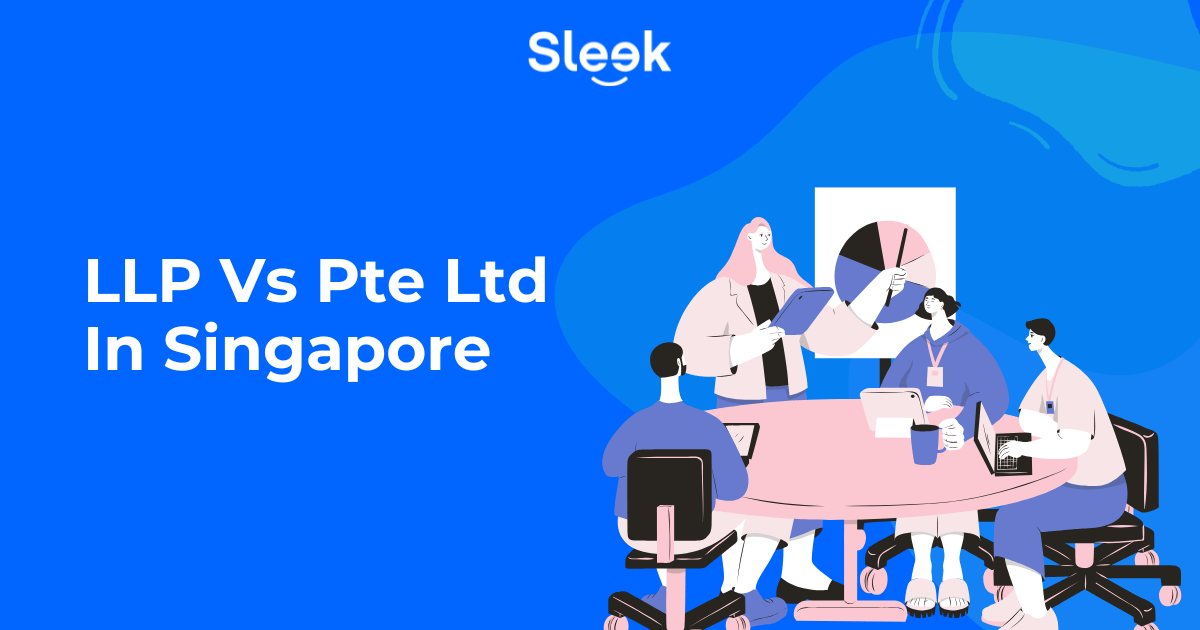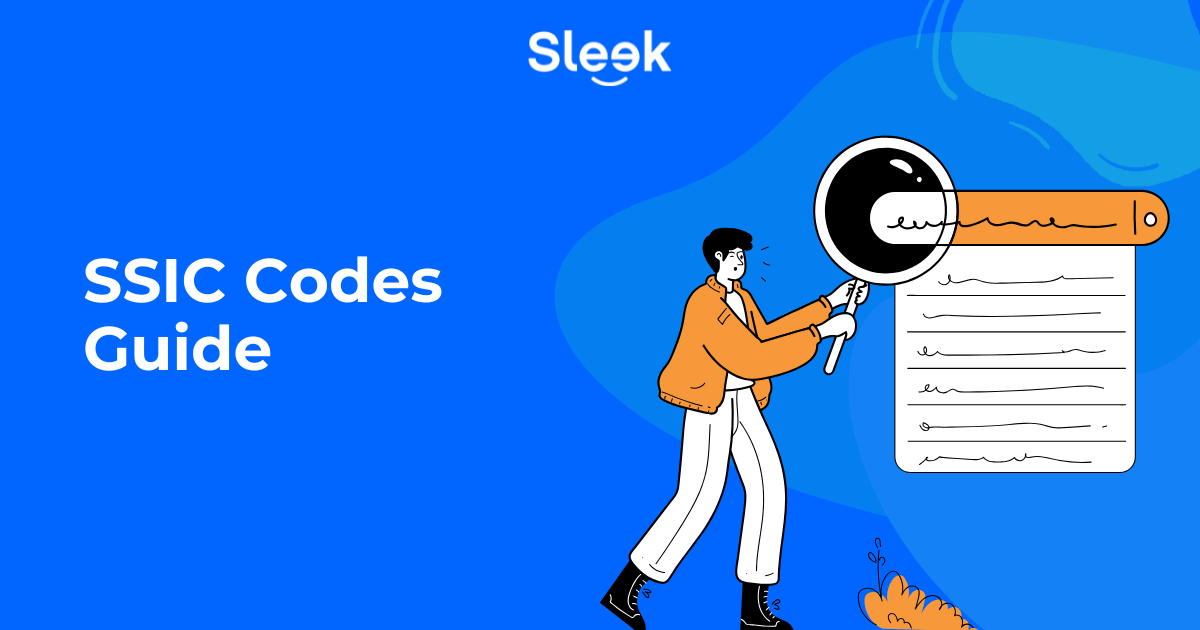7 tips to crowdfund your business
8 minute read
You can have an amazing business idea and a core team of rockstar employees, but you won’t get anywhere without funding. No business idea can get off the ground if you can’t inject the right amount of money at the right time.
Fortunately, even if you don’t have enough funds in the beginning, you can still try out a few options. For instance, you can look for angel investors, sell shares, or try to source money from crowdfunding.
Many business owners have used crowdfunding to overcome this initial financial barrier, so you should think about it too. This article explains the concept of crowdfunding and answers all questions you may have about it.
Overview:
What is crowdfunding?
Crowdfunding is a method of obtaining funds from a large group of individuals. Large groups of people pool their little individual deposits to provide the necessary funds to start a business or initiative. Individuals, charities, and small businesses can launch campaigns to raise funds for certain causes, and anybody can participate.
Crowdfunding invites many people who otherwise wouldn’t be able to participate in something similar. It appeals to entrepreneurs because it exposes their company to a larger pool of potential investors and eliminates the need to rely on significant sums of money from a few sources.
Types of crowdfunding
There are four major types of crowdfunding that you can turn to:
- Donation-based crowdfunding
- Reward-based
- Equity crowdfunding
- Lending based crowdfunding
However, let’s walk you through all popular crowdfunding types you can find today:
- Securities-based crowdfunding. This option allows individuals to invest in privately-held small businesses (startups). Investors receive the promise of stock, future shares, or other security rendered by the company in turn for capital in this sort of campaign.
- Donations-based. This option relies on the voluntary donations concept where a person gives a set amount of money to a business.
- Reward-based option. Individuals donate to unlock a special reward linked to your project. For instance, if you’re a game developer, they get to enjoy your game using a special character that other players can’t obtain.
- Peer-to-peer lending. This option allows people to acquire loans straight from other people without a bank or other financial bodies mediating the whole endeavor. Many entrepreneurs refer to this as debt-based crowdfunding.
- Real-estate crowdfunding. This type of crowdfunding offers people a chance to invest in real estate projects. This is particularly beneficial for individuals who want to invest in real estate but don’t want to deal with mortgage brokers, real estate agents, or contractors. This is a sort of securities crowdfunding that is more specialized.
- Human capital crowdfunding. This method is useful when people want to raise funds to back their personal growth or creative projects. In exchange for a part of the reward, investors are given the opportunity to support a project. Many poker players, for example, crowdfund money to play and then distribute a portion of their profits to their backers.
Who uses crowdfunding?
Game developers, home cafes, fashion designers, and almost all other business types use crowdfunding to raise funds.
The transparency of crowdfunding appeals to many investors. Companies are making their financial information, strategy, and goals easily available on crowdfunding sites, making it easier for potential contributors to feel at ease.
Crowdfunding has gained in popularity as modern means of communication and money sharing have improved. It helps that this new type of investing has seen a lot of success stories.
For instance, Oculus Rift is a California-based business that produces VR headsets. They raised over $2 million using crowdfunding methods. Their main source of money came from a crowdfunding website called Kickstarter.
How does crowdfunding work?
When we think about business crowdfunding, usually startups, angel investments, and transactions that take place outside of established financial institutions come to mind. Simply said, business crowdfunding provides a fantastic opportunity for entrepreneurs to quickly find a broad group of investors.
The most successful campaigns usually have a specific aim in mind and offer rewards to people who invest. Backers usually gain from supporting a successful campaign. Backers can earn cash or equity if the company has an exit event in the future, such as an acquisition or an initial public offering.
Crowdfunding invites a large number of investors to participate and contribute a part of the amount. This is a significant departure from more typical fundraising, in which corporations and organizations get funding from a single or small group of major investors. Crowdfunding is usually conducted online, whilst other kinds of finance are primarily conducted offline.
Legal watch-outs and regulation of crowdfunding
Crowdfunding really is a great method to acquire the necessary assets to get things off the ground. But you also need to keep in mind that this is an investment instrument. As such, it is heavily regulated in order to protect investors and maintain proper trust in the system.
Securities-based crowdfunding
- FundedHere, which launched in March 2015 and received its CMSL in 2016, is Singapore’s first crowdfunding platform. To date, the platform has assisted 17 companies in raising $6.7 million in funding, with the goal of connecting high-potential tech start-ups in China and Southeast Asia with professional and certified investors.
- Funding Societies is another key contributor, having raised $319.4 million so far through 55,702 loans.
- MoolahSense, a lending platform with over 14,000 registered investors, has raised $64 million in over 670 campaigns.
- Capital Match (an invoice finance platform with over $192 million in invoices transacted) and Capital Springboard (also an invoice finance platform with over $192 million in invoices transacted) are two other significant examples.
- Crowdo (with operations in Malaysia) CoAssets (Southeast Asia’s first publicly traded crowdfunding platform), Crowd Genie, EthisCrowd, OurCrowd, and New Union are some of the city-state’s most popular securities-based crowdfunding websites.
Donation and rewards based crowdfunding
The MAS regulations don’t apply to donation based crowdfunding and reward based crowdfunding. In January 2018, Singapore’s Commissioner of Charities (COC) issued a voluntary code of practice to promote greater peace of mind for individuals who give money.
This means that crowdfunding sites like Ray of Hope Initiative, Simply Giving, Giving.sg, and Give.asia will have to validate the legality of the fund-raising plea, as well as make all donations received and associated commissions or fees public. Those making fund-raising appeals will also have to reveal if they receive any government assistance.
The COC intends to undertake audits on a regular basis to guarantee that all donation and reward-based crowdfunding sites follow the new rules.
Without a doubt, the code of conduct is relevant, as an increasing number of Singaporeans are using crowdfunding to request and donate donations. Give.asia, which raised $4.5 million last year, has already surpassed the $10.8 million mark this year.
How do I use crowdfunding for my business?
To make the most of your funding opportunity, you first need to establish a clear funding goal for a successful crowdfunding campaign. It’s a good idea to look into the founders, advisors, and team history to see if the entrepreneur has the right individuals on board to carry out your vision.
Identify your unique value proposition (UVP) by figuring out what makes your company so special. Your solution has to be unique to make an impact on the market. Of course, you also need to research the market you want to impact to see if there’s enough room for growth and what rivals you will have to beat along the way.
7 tips for crowdfunding success
These are some of the most useful tips that will help your crowdfunding efforts.
1. Create a strong business plan
First of all, craft a good business plan for your crowdfunding campaign. Highlight the problem your business idea solves, the value it provides, and what makes it different from any other solution.
You also need to tell an interesting story about the whole process that led you to your business idea. Touch on some of the elements from the background section of your business plan as they relate to the idea or your business’s origin story. Investors will understand you better both personally and professionally.
Additionally, you need to summarize your business idea with key points and value propositions. See what customers want from your product or service and help them connect emotionally with your business idea.
2. Know who your audience is
Make a list of your target audience’s location, gender, age, and interests. See what problems they experience, which products and services they use, and what they like when it comes to your industry. This can help you get a better understanding of your clients’ attitudes and position your project correctly.
Make an effort to connect with as many like-minded people and organizations as possible. Since these people will be your support group and backers, it’s critical that you join their community.
3. Include a clear title and short description of your business
On a crowdfunding campaign page, the title and a brief description are the first things you see. Make the most of this by emphasizing your campaign’s goal. The product’s name should be included in the title, and the short description should clarify the main features.
In other words, at least half of your campaign should be understandable just by looking at the title and description.
4. Tell an engaging yet simple story
A story approach refers to a description that covers both the product and the project as a whole. As a crowdfunding campaign newbie, it’s critical to explain why you choose to crowdfund and the story behind your campaign to your audience.
The more you talk about it, the more likely your audience is to believe in and support your campaign. Don’t forget to carefully explain everything in easy-to-understand terms. People comprehend the utility of a product and are more willing to back it if the goal is clear.
5. Back your pitch with facts and data
You opted to crowdfund your product for a reason – the market requires something like it. Potential backers require proof before they open their wallets, no matter how strongly you believe in your project. To boost your credibility, back up your offering with solid facts and data.
6. Show an estimated project timeline
The project timeline is one of the most significant components of a pitch description. Before you start, make a plan and set some approximate dates. You have the option of presenting it in a written or graphical format.
7. Set up an engaging crowdfunding page
You must first choose an acceptable crowdfunding platform. Prior to launching a crowdfunding campaign, start by creating a solo page, often known as a lead capture page, to provide basic information about your small business.
Enticing offers, such as a contest, are used in some successful launches to entice consumers to provide their email addresses. Consider them the online counterparts of a registration sheet or fishbowl on a store counter, where customers enter their information in exchange for a chance to win prizes.
A lead capture website can work in the background to build a list of people who are interested in your project, which you can subsequently send to the crowdfunding site once it goes live. Then determine how much funding you plan to raise. However, be realistic and set up an achievable goal for your business.
Which crowdfunding site is the best?
Let’s take a look at some of the most popular and successful crowdfunding websites that you can use:
- Indiegogo is the clear winner. It has a track record of helping to fund over 800,000 crowdfunding projects throughout the world since 2008. Danae Ringelmann, Eric Schell, and Slava Rubin launched Indiegogo, Inc. in 2008 as a way for them to fund their own causes and ideas.
- SeedInvest Technology has brought over more than 500,000 investors and helped over 200 startup businesses raise more than $300 million in financial backing. SeedInvest Technology, based in New York City, was established in 2012 with the purpose of allowing investors to support early-stage companies.
- Mightycause is a very good pick for nonprofit organizations since it provides one of the most cost-effective internet platforms for fundraising while also offering some free features. Mightycause was established in 2006 as a fundraising platform to assist NGOs and individuals in generating funds for their causes using the internet. Its fundraising versatility gives it an advantage in this category for non-profits seeking donations since it has helped over 150,000 charities get the funds they needed.
- StartEngine is a remarkable alternative for those wishing to invest money since it lets regular people invest directly in private companies and startups they respect, and receive equity in exchange, starting with as little as $100.
Frequently asked questions
Finally, let’s take a look at some questions and answers that might be useful later on. Keep in mind that many business owners had the same uncertainties when they were starting.
In essence, it’s something between donation and investment, depending on the specific type of crowdfunding.
Crowdfunding uses social media and crowdfunding platforms to connect investors and entrepreneurs, with the potential to encourage entrepreneurship by broadening the pool of investors beyond the typical circle of owners, families, and venture capitalists.
Entrepreneurs can now raise hundreds of thousands or millions of dollars through successful crowdfunding campaigns from anyone with money to invest.
The amount hugely depends on the type of crowdfunding you select:
- Donation-based: approximately between $1,000 to $10,000
- Reward-based: between $5,000 to $50,000;
- Debt-based crowdfunding: approximately around $1,000,000
- Equity crowdfunding: between $50,000 to $150,000
Most crowdfunding platforms charge a platform fee based on a percentage of the funds raised, as well as a payment processing cost for each transaction.
Platform fees for the firms mentioned in this article range from 3% to 5% for Indiegogo to 5% to 12% for Patreon. Kickstarter charges 8% plus $0.20 per gift while GoFundMe charges 2.9% to 7.9% and $0.30 per gift plus tip.
The difference between these three types of funding confuses many people.
Crowdfunding is the process of raising finances or capital from individuals or organizations that invest in (or donate to) initiatives in exchange for a prospective profit or reward.
Angel investments are made by rich individuals (such as accredited investors) who put their own money into a business in exchange for a share of the company’s ownership. This is the fundamental tenet of angel investing.
Venture capital is a type of private equity and financing provided by investors to startups as well as small and medium enterprises with the potential for long-term growth.
Wrap up
Entrepreneurs can now raise hundreds of thousands or even millions of dollars from anyone with money to invest through successful crowdfunding campaigns. What’s more, anyone with an idea can propose it to a group of willing investors.
If you need help in the form of consultancy for your next crowdfunding campaign, feel free to contact us. Sleek has extensive experience in everything related to business, from incorporation services to company secretary and director services.
You might be interested in reading about:









